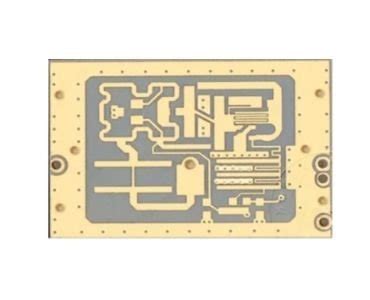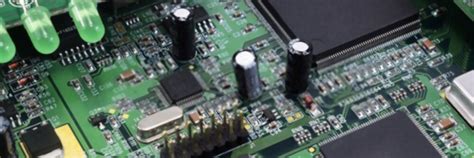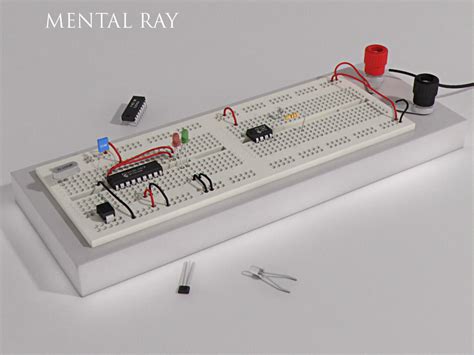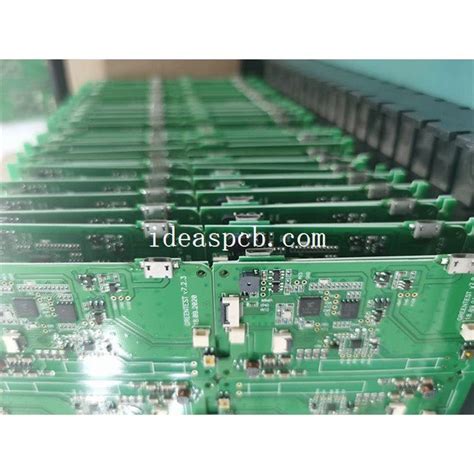Basic principles and requirements for printed circuit board design
1.The design of a printed circuit board starts with determining the size of the board. The size of the printed circuit board is limited by the size of the chassis shell, so it is best to fit it into the shell. Secondly, the connection method between the printed circuit board and external components (mainly potentiometers, sockets or other printed circuit boards) should be considered. The printed circuit board and external components are generally connected through plastic wires or metal isolation wires. But sometimes they are designed in the form of sockets. That is: when installing a plug-in printed circuit board in the device, a contact position that acts as a socket must be reserved. For larger components installed on the printed circuit board, metal accessories should be added to fix them to improve vibration and impact resistance.
2.Basic methods of wiring diagram design
First, you need to have a complete understanding of the specifications, dimensions, and areas of the selected components and various sockets; make reasonable and careful considerations on the position arrangement of each component, mainly from the perspective of electromagnetic field compatibility, anti-interference, short routing, few crossovers, power supply, ground path and decoupling. After the position of each component is determined, it is the connection of each component. According to the circuit diagram, the relevant pins are connected. There are many ways to complete it. There are two methods for the design of printed circuit diagrams: computer-aided design and manual design.
The most primitive is manual arrangement and layout. This is more troublesome and often requires several repetitions before it can be finally completed. This can be done without other drawing equipment. This manual arrangement and layout method is also very helpful for those who have just learned printed board design. Computer-aided drawing, there are now a variety of drawing software with different functions, but in general, it is more convenient to draw and modify, and it can be saved and printed.
Next, determine the required size of the printed circuit board, and preliminarily determine the position of each component according to the schematic diagram, and then make continuous adjustments to make the layout more reasonable.
The wiring arrangement between the components in the printed circuit board is as follows:
(1) No cross circuits are allowed in the printed circuit.
For lines that may cross, you can use “drilling” and “winding” to solve them. That is, let a lead “drill” through the gap under the feet of other resistors, capacitors, and transistors, or “wind” through one end of a lead that may cross. In special cases, if the circuit is very complicated, wire jumper is allowed to simplify the design to solve the cross circuit problem.
(2) There are two installation methods for components such as resistors,
diodes, and tubular capacitors: “vertical” and “horizontal”. Vertical means that the component body is installed and welded perpendicular to the circuit board. Its advantage is space saving. Horizontal means that the component body is parallel and close to the circuit board. The mechanical strength of the component installation is better. For these two different installation components, the component hole spacing on the printed circuit board is different.
(3) The grounding points of the same level circuit should be as close as possible, and the power filter capacitor of the circuit of this level should also be connected to the grounding point of this level.
In particular, the grounding points of the base and emitter of the transistor of this level cannot be too far apart, otherwise the long copper foil between the two grounding points will cause interference and self-excitation. The circuit using such a “one-point grounding method” works more stably and is not prone to self-excitation.
(4) The total ground wire must be strictly arranged in the order of high frequency-medium frequency-low frequency from weak current to strong current.
It must not be connected randomly. It is better to connect longer wires between levels, but this rule must be followed. In particular, the grounding arrangement requirements for frequency conversion heads, regeneration heads, and frequency modulation heads are more stringent. If they are improper, self-excitation will occur and the circuit will not work. Frequency modulation heads and other high-frequency circuits often use large-area enclosing ground wires to ensure good shielding effect.
(5) High-current leads (common ground wires, power amplifier power leads, etc.)
should be as wide as possible to reduce wiring resistance and voltage drop, which can reduce self-excitation caused by parasitic coupling.
(6) The high-impedance traces should be as short as possible, and the low-impedance traces can be longer, because the high-impedance traces are easy to emit whistles and absorb signals, causing circuit instability. The power line, ground line, base trace without feedback components, emitter lead, etc. are all low-impedance traces. The base trace of the emitter follower and the ground lines of the two channels of the recorder must be separated and each of them is connected to the end of the function. If the two ground lines are connected, crosstalk is very likely to occur, which will reduce the separation.
3.The following points should be noted in the design of printed circuit boards
- Wiring direction: From the welding surface, the arrangement of components should be kept consistent with the schematic diagram as much as possible, and the wiring direction is best consistent with the wiring direction of the circuit diagram. Because various parameters usually need to be tested on the welding surface during the production process, this is convenient for inspection, debugging and maintenance in production (Note: refers to the premise of meeting the circuit performance and the requirements of the whole machine installation and panel layout).
- The arrangement and distribution of each component should be reasonable and uniform, and strive to be neat, beautiful, and meet the process requirements of rigorous structure.
- The placement of resistors and diodes: There are two types: horizontal and vertical:
(1) Horizontal: When the number of circuit components is small and the size of the circuit board is large, it is generally better to place it horizontally; for resistors below 1/4W, the distance between the two pads is generally 4/10 inches, and for resistors of 1/2W, the distance between the two pads is generally 5/10 inches; when diodes are placed horizontally, 1N400X series rectifiers are generally 3/10 inches; 1N540X series rectifiers are generally 4~5/10 inches.
(2) Vertical: When the number of circuit components is large and the size of the circuit board is not large, it is generally placed vertically. When placed vertically, the distance between the two pads is generally 1~2/10 inches. - Potentiometer: Principles of IC socket placement
(1) Potentiometer: It is used to adjust the output voltage in the voltage regulator. Therefore, the potentiometer should be designed so that the output voltage increases when it is adjusted clockwise and decreases when it is adjusted counterclockwise; in the adjustable constant current charger, the potentiometer is used to adjust the charging current. When designing the potentiometer, the current increases when it is adjusted clockwise. The placement of the potentiometer should meet the requirements of the overall structure installation and panel layout. Therefore, it should be placed on the edge of the board as much as possible, with the rotating handle facing outward.
(2) IC socket: When designing a printed circuit board, when using an IC socket, special attention must be paid to whether the positioning groove on the IC socket is placed in the correct direction, and whether the positions of each IC pin are correct. For example, the first pin can only be located at the lower right corner or the upper left corner of the IC socket, and close to the positioning groove (from the welding surface). - Arrangement of input and output terminals
(1) The distance between the two related lead terminals should not be too large, generally about 2~3/10 inches is more appropriate.
(2) The input and output terminals should be concentrated on 1 to 2 sides as much as possible, and should not be too discrete. - When designing the wiring diagram, pay attention to the order of pin arrangement and the spacing between component pins should be reasonable.
- Under the premise of ensuring the performance requirements of the circuit, the design should strive to make the routing reasonable, use less external jumpers, and follow certain
charging requirements for routing, strive to be intuitive, easy to install, height and maintenance. - When designing the wiring diagram, try to make the routing as few turns as possible and strive to make the lines simple and clear.
- The width and spacing of the wiring lines should be moderate, and the spacing between the two pads of the capacitor should be as consistent as possible with the spacing of the capacitor lead pins;
- The design should be carried out in a certain order, for example, from left to right and from top to bottom







